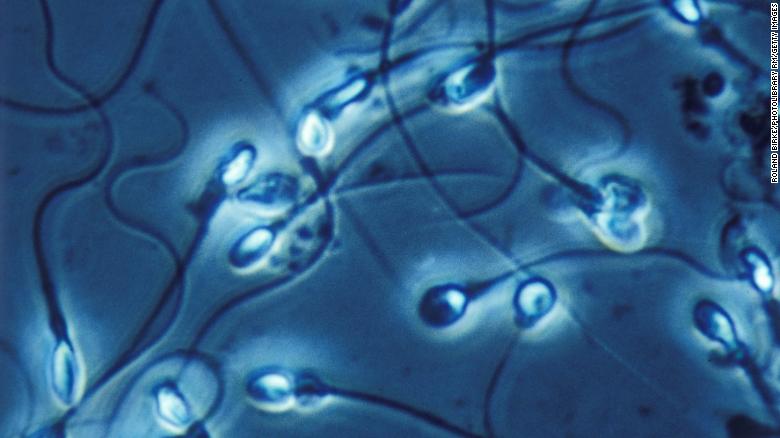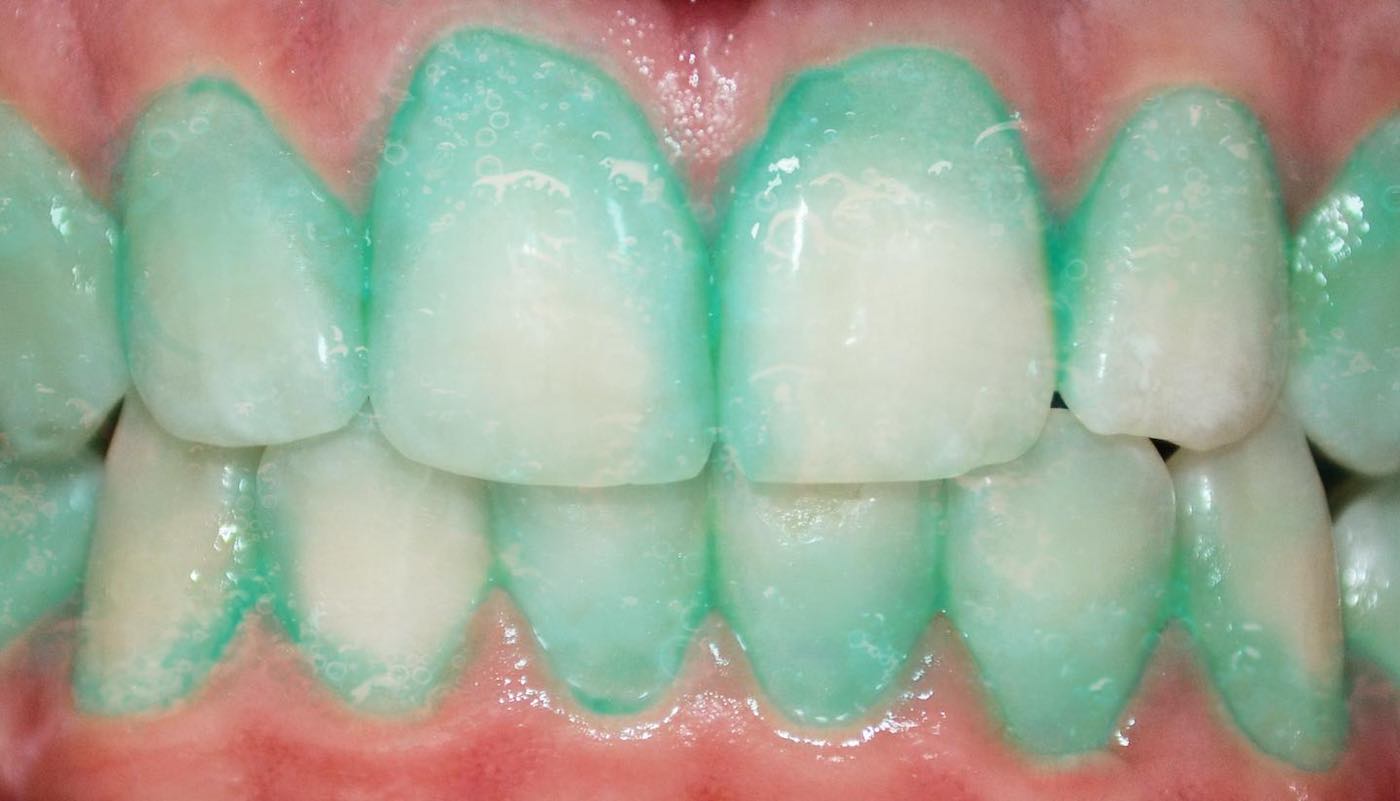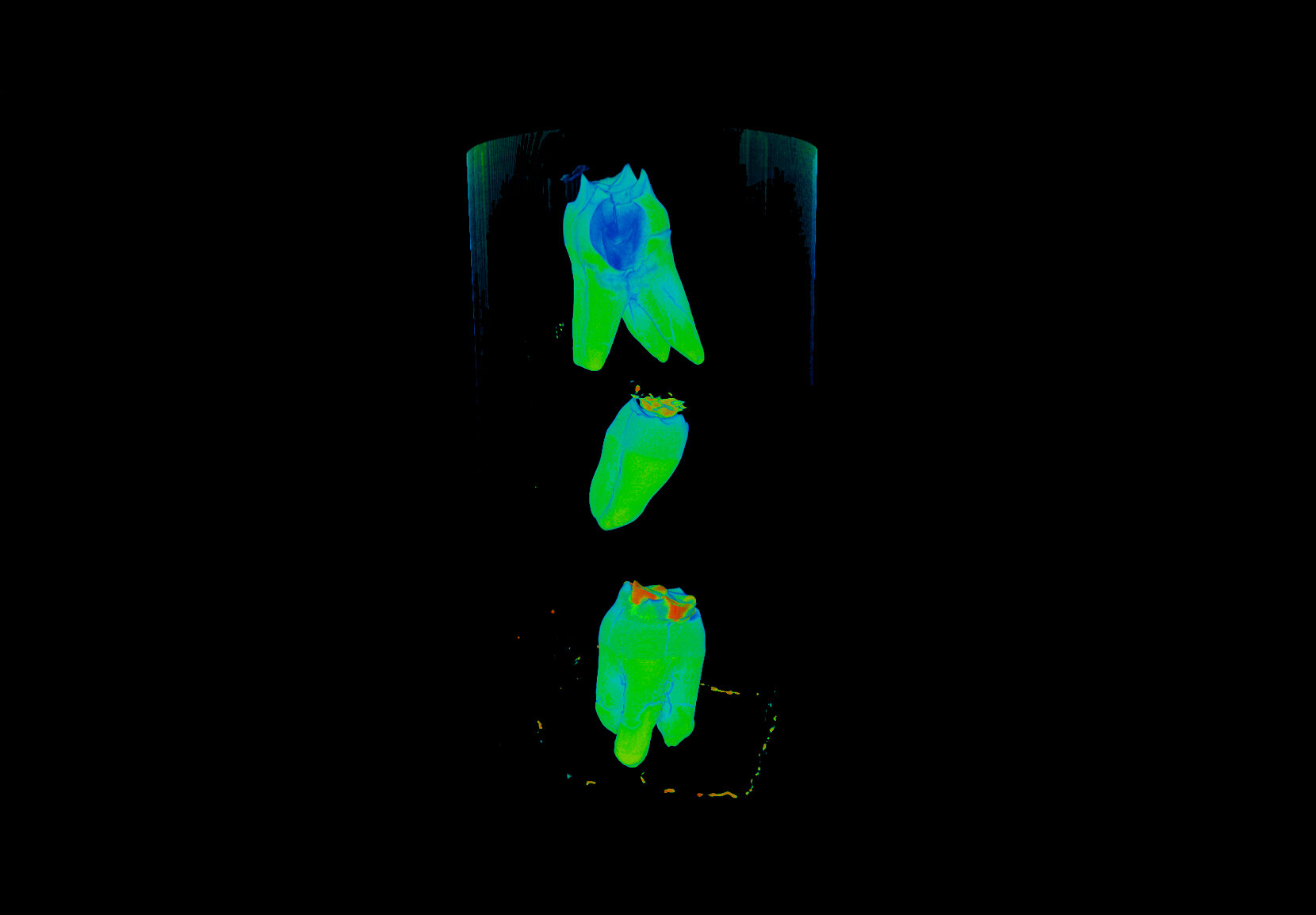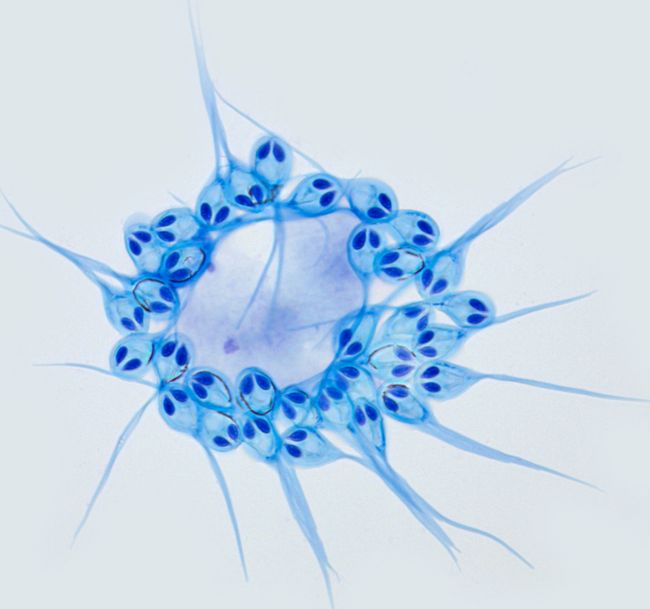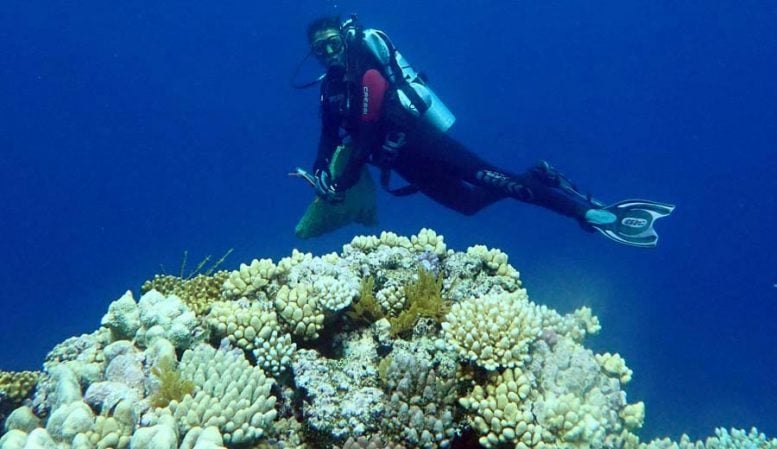Rapid genomic tests are poised to change the way doctors diagnose and treat infections, but their cost may limit widespread use.

A lab worker prepared to sequence genomes at the University of California San Francisco. Across the country, researchers and engineers are racing to perfect new tests that could revolutionize how doctors diagnose and treat infections.Credit...James Tensuan for The New York Times
Ryan Springer’s mystery illness began last summer with a dull ache in his chest. Over the next few days, the symptoms grew more alarming: sharp pain with every breath, a rapid heartbeat and a spiking fever.
Emergency room doctors at Carle Foundation Hospital in Urbana, Ill., were stumped. They ordered up a lung biopsy and started Mr. Springer, 47, on a broad-spectrum antibiotic. But his condition worsened, and doctors feared he might not survive the five or more days it would take to get the lab results back.
There was one more option: a new genomic test that can offer much faster results by rapidly sorting through the DNA in a blood sample and picking out the pathogen most likely making a patient sick. It is part of a rapidly growing new generation of lab tests under development that could revolutionize the way doctors diagnose and treat infections.
The usual method, based on growing and analyzing germ cultures in a lab, has barely changed since the 1880s, when Julius Petri came up with a way to grow germs in a gelatinous bed of algae set between two nesting discs of glass.
The new genomic diagnostics work by matching the DNA or RNA of microbes in a patient’s bodily fluid against vast databases of all known bacteria, viruses or fungi that can sicken humans. Many of the tests produce results in hours, a marked contrast to traditional cultures, which can take days or even weeks to get results — when they work at all. The turnaround in getting test results has become even more urgent with the coronavirus epidemic in China that is spreading around the world.
“We’re still using 19th-century technology for most microbiology diagnostics and they just don’t work well for many patients,” said Kevin Outterson, a professor of health law at Boston University and the executive director of CARB-X, a nonprofit focused on combating antimicrobial resistance. “These new technologies advance what we do by more than a century.”
Dr. Amir Khan, an infectious disease specialist, sent Mr. Springer’s blood to Karius, a San Francisco-area company that is among a dozen American start-ups developing genomic diagnostic tests.
Less than 48 hours later, the results came back: Mr. Springer had tularemia, or rabbit fever, a rare bacterial infection transmitted by animals and ticks that sickens fewer than 200 Americans a year. It is tough to diagnose — and it can be fatal if untreated.
“The previous case I saw was three years earlier, and it was diagnosed after an autopsy,” Dr. Khan said.
The cure was simple: the antibiotic doxycycline. Mr. Springer took it and was discharged five days later.
The coronavirus outbreak has ratcheted up interest in rapid genomic tests. Developers of the some of the devices say that once the genetic sequence of a novel pathogen has been made publicly available, the information could be quickly uploaded and used to identify those infected.
“With a traditional reference lab, by the time a clinic takes a sample and ships it off, you’ve lost 12 to 24 hours,” said Dr. Jack Regan, the chief executive of LexaGene, a Massachusetts company that hopes to sell its coffee maker-size instrument to airports, schools and clinics. “We can get results in under an hour, which makes a huge difference during deadly outbreaks.”
A wider rollout of these tests faces a number of hurdles. Most of the tests identify a patient’s infection 80 to 90 percent of the time — regulators would like that figure to be closer to 100 percent — and many of them are still awaiting a green light from the F.D.A. But health experts say a larger impediment to their widespread use is economics: Most of the tests run $500 to $3,000 (the test used to diagnose Mr. Springer was $2,000) and because few private insurances companies cover them, the costs are largely borne by hospitals or patients.
“The technology is incredibly promising but the challenge right now is how to get insurers to pay for it,” said Prof. Outterson of Boston University. “We need a system in which hospitals can at least break even for doing the right thing.”
John A. Prendergass, associate director of digital health at Ben Franklin Technology Partners, who invests in medical device start-ups, said he was concerned by the high costs, false negatives and low sensitivity of the tests he had looked at.
The cure was simple: the antibiotic doxycycline. Mr. Springer took it and was discharged five days later.
The coronavirus outbreak has ratcheted up interest in rapid genomic tests. Developers of the some of the devices say that once the genetic sequence of a novel pathogen has been made publicly available, the information could be quickly uploaded and used to identify those infected.
“With a traditional reference lab, by the time a clinic takes a sample and ships it off, you’ve lost 12 to 24 hours,” said Dr. Jack Regan, the chief executive of LexaGene, a Massachusetts company that hopes to sell its coffee maker-size instrument to airports, schools and clinics. “We can get results in under an hour, which makes a huge difference during deadly outbreaks.”
A wider rollout of these tests faces a number of hurdles. Most of the tests identify a patient’s infection 80 to 90 percent of the time — regulators would like that figure to be closer to 100 percent — and many of them are still awaiting a green light from the F.D.A. But health experts say a larger impediment to their widespread use is economics: Most of the tests run $500 to $3,000 (the test used to diagnose Mr. Springer was $2,000) and because few private insurances companies cover them, the costs are largely borne by hospitals or patients.
“The technology is incredibly promising but the challenge right now is how to get insurers to pay for it,” said Prof. Outterson of Boston University. “We need a system in which hospitals can at least break even for doing the right thing.”
John A. Prendergass, associate director of digital health at Ben Franklin Technology Partners, who invests in medical device start-ups, said he was concerned by the high costs, false negatives and low sensitivity of the tests he had looked at.
In addition to saving lives, the new tests could also ameliorate the growing crisis of drug-resistant infections, because pinpointing infections quickly would show doctors which antibiotic to use, rather than resorting to the shot-in-the dark dispensing of broad-spectrum antibiotics for patients with hard to diagnose infections.
Broad-spectrum antibiotics that act on a wide array of bacteria are commonly used in emergency rooms and intensive care units to combat bloodstream infections, or sepsis, which kill 270,000 Americans a year, accounting for a third of all hospital deaths. Septic shock is also quick to kill, with mortality increasing 8 percent each hour an infection goes untreated.
But at least half of all antibiotics are wrongly prescribed, researchers have found, and some studies suggest that a third of antibiotics prescribed by doctors are unnecessary, many of them dispensed without having a diagnosed infection. Such overuse is one of the major causes of mounting antibiotic resistance as germs mutate to survive.
“We believe patients should be treated based on what they’re infected with, not what doctors think they might have,” said Tom Lowery, the chief scientific officer of T2 Biosystems, a Boston company whose bacteria panel test has been the first to pass muster with the Food and Drug Administration and the Centers for Medicare & Medicaid Services.
https://www.nytimes.com/2020/02/24/health/genomic-diagnostic-tests.html




